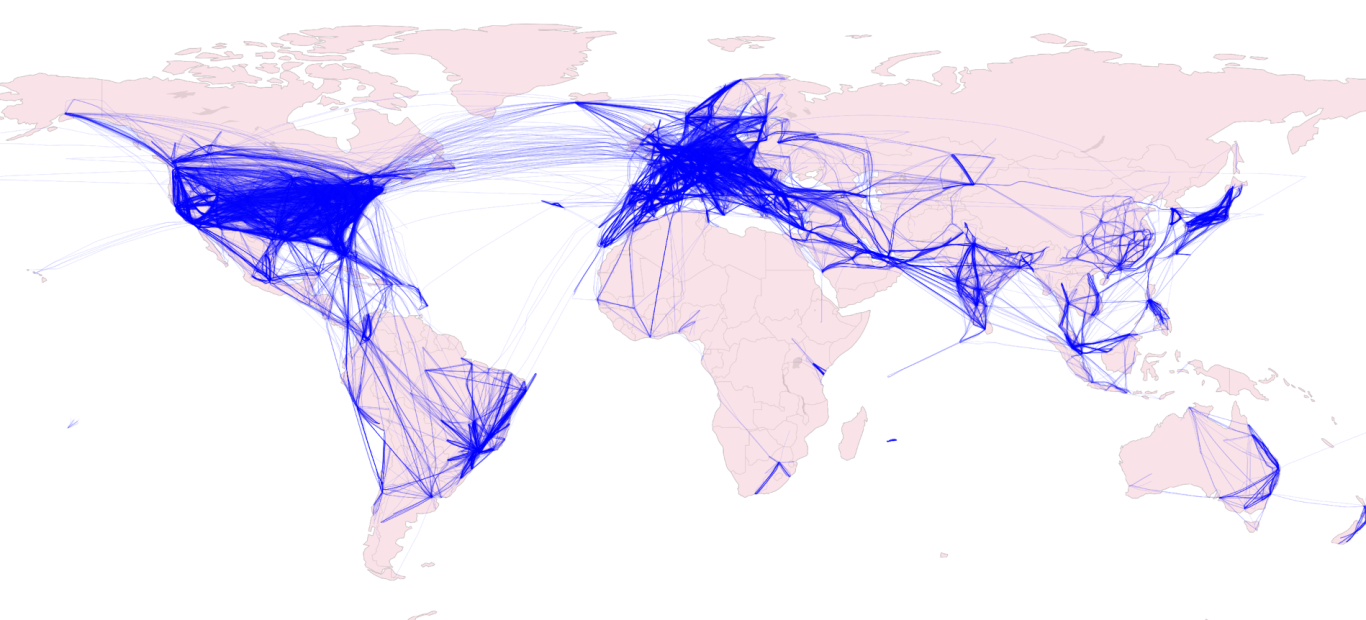We are dedicated to monitoring and mitigating aviation’s climate impact. To generate this dataset, we adopt a detailed flight-by-flight analysis considering actual aircraft trajectories. This approach computes the climate impact of each flight, encompassing CO2 emissions and other factors like contrail radiative forcing.
Examining flight trajectories allows for a more precise understanding of contrail formation. Multiple variables like flight timing, location, seasonal variations, weather, aircraft, and engine types significantly influence contrail formation and were used to generate a global dataset of contrail impact. With this comprehensive dataset, contrail energy forcing is assessed more accurately.
The sources used to generate the dataset are described below:
Limitations:
■ Aircraft Engine Performance: Several engines operate in a soot-poor regime, resulting in underestimations of contrail characteristics & impact by the CoCiP model. Current data on lean-burn engines may not be reliable, but ongoing flight trials aim to improve model accuracy. As a result, global contrail energy forcing values are expected to increase with future model improvements.
■ ADS-B Coverage: ADS-B tracking can be incomplete in some regions. In our analysis, 80% of flights were fully tracked and analyzed. For incomplete flights, we assigned average emission and contrail impact values based on available data for each tail-number.
■ Model Uncertainties: CoCiP is a model-based approach coming with uncertainties. We foresee the future of contrail management involving various data sources: satellite imagery, Numerical Weather Prediction, flight deck observations, ground and aircraft sensors altogether
■ Climate Metric Choice: The selection of climate metrics significantly affects environmental impact assessments. Other climate metrics, efficacies and time horizons are not analyzed here (e.g. ATR, GTP over 20, 50, 100 years) and might result in different CO2 equivalent values for contrail impact.
The contrail opportunity index was developed with:
We thank Transport & Environment (T&E), the Rocky Mountain Institute (RMI) and the European Regions Airline Association (ERAA) for their valuable feedback.
 Request Demo
Request Demo




